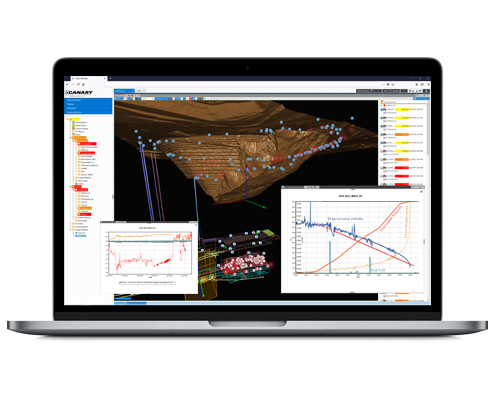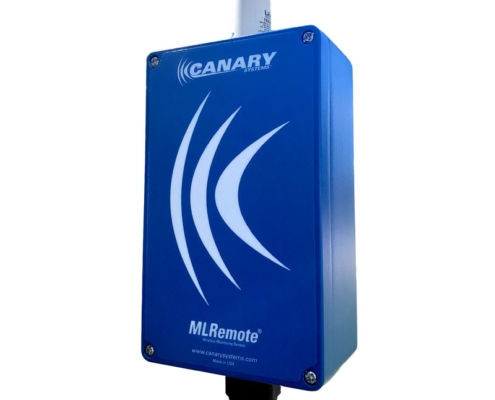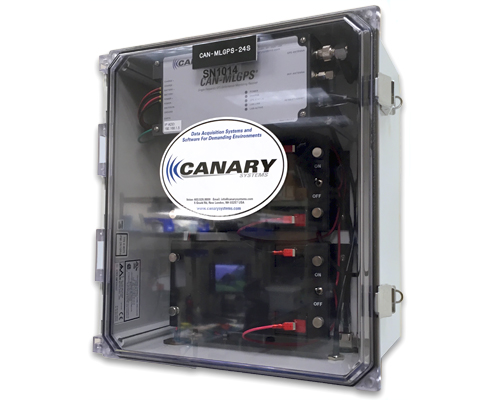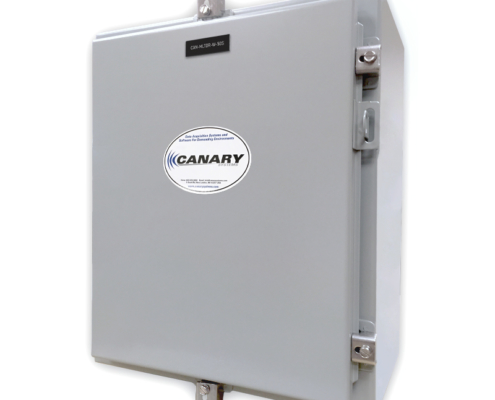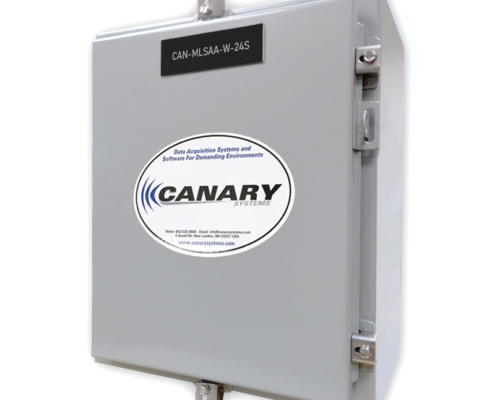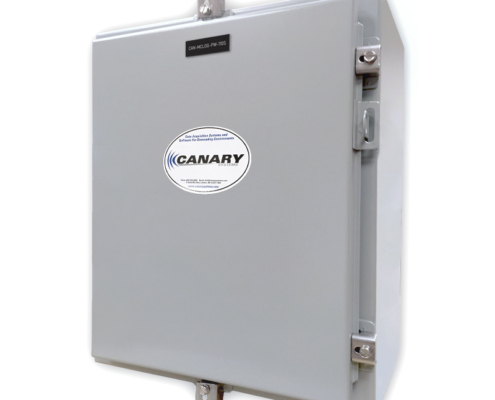Overview
Slope stability monitoring is considered one of the most vital parts of safety in open-pit mines, primarily due to the significant risk of slope movement resulting from operations.
Solution
Canary Systems’ monitoring solutions not only combine all sensor and instrumentation data into one platform but are also capable of ingesting remote sensing data sets from virtually any source. Canary Systems offers a fully comprehensive portfolio for slope stability including instrumentation, hardware, software, support, and services.
Canary Systems’ solutions for slope monitoring can ensure better risk management and evaluation of slope movements by providing the necessary tools that are capable of early movement detection and monitoring of the changing ground conditions which may lead to instabilities.
Integration
Through the seamless integration of data sources including geotechnical instrumentation, radar systems, spatial and in-situ datasets, Canary Systems provides a unique, coherent overview of integrated data visualization and analysis of open-pit mine slope stability.
Data Visualization with MLWeb®
The powerful charting analytics tools within MLWeb® offer the ability to correlate multiple sets of data and any derived results such as prism inverse velocity, piezometer pressure, and radar displacement under one analysis. Furthermore, users can view surface and subsurface data from any angle and create spatial filters to query all underlying sensor and point cloud data. Automated reports can be scheduled and sent in addition to the provision of real time alerts, in the event of movements that could potentially lead to mine slope failure.
MLWeb further provides an intuitive interface for both manual and automated data collection. Features include flexible tools for data imports and logger programming, calculations, functions, and data validation. These allow for translating raw data in near real-time to meaningful information that is georeferenced in a web-based 2D and 3D platform. With the help of GIS decision-making tools, mine staff are to focus on safety rather than data management.
Case Study
Large open pit mine in the Pacific
- The island mine currently sits on top of a stratovolcano on the island, permitting extensive thermal activity in and around the mine
- Hundreds of instruments are being monitored including piezometers, inclinometers, prisms, in addition to weather stations and flow meters
- Using MLWeb to identify unstable areas with the integration of multiple data sources including InSAR scan data, ground-based radars, and DTS (distributed temperature survey) data
- TARP level alerts and notifications are triggered based on frequency and severity of slope movement and conditional changes such as pore pressure

